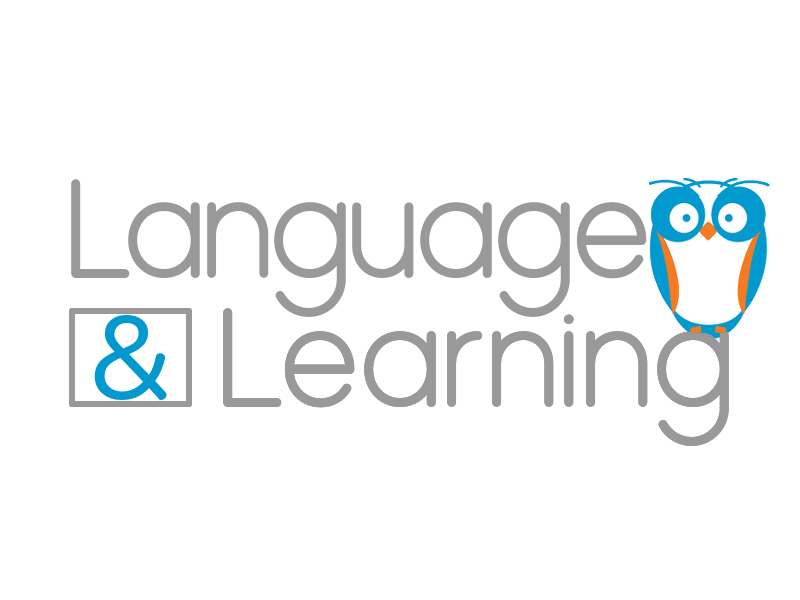Board games go beyond Monopoly and Trouble. They span further than Hedbanz and Spot-it. They can be fun for both students and the adults in their lives, and they can help reinforce many of the skills we teach our students. In this series, we will be suggesting games that may be new to you so that you can enjoy them with the student in your life!
Our first game is Codenames: Pictures. To play this game, each team acts as a group of “spies”. One teammate (the “spymaster”) tries to secretly get his/her teammates to choose the correct pictures before the other team does. To do so, the spymaster needs to give a single-word clue paired with a number; the word relates to at least one picture on the table, and the number indicates how many pictures it is associated with. It is easily adapted (in the rule book, you don’t have to make it up) for playing with a single team if you don’t have enough people.
We have used this game to support vocabulary (specific word choice, identifying salient shared features, identifying concrete and abstract categories), perspective taking, executive function (learning how to play, modifying a given plan, reflecting on what worked and what didn’t), and oral language organization (describing the silly pictures, teaching others to play). To target many of these goals, we begin by discussing and practicing the direct skill, rehearsing underlying skills we may have worked on previously, and/or generating compensatory strategies that may be useful.
We may begin preparing to play Codenames: Pictures with a discussion and activity lesson prior to playing the game. When targeting word choice specificity, for example, we may do an activity in which the student is required to identify vague wording in context and replace it with one of greater specificity.
We might then review any previously-addressed underlying skills involved in word choice specificity before playing the game. For example, before playing Codenames: Pictures, we may do an activity in which the student generates semantic attributes and maps out all of the relevant attributes for a vocabulary word. This is a useful skill to help students expand their awareness of word meaning breadth and depth so that they can develop a more robust vocabulary. Targeting semantic attribute awareness is also useful as a method for helping students to find specific words when they’re struggling with retrieval (i.e., in those “the word is on the tip of my tongue” moments, they can describe its attributes as a strategy for retrieving the word).
This brings us to the third activity we may do to prepare for playing the game: generate and review any helpful strategies. To continue with the example of targeting specific word choice, we may have the student generate any previously discussed strategies to help them choose specific words and discuss how they may implement them in the game.
Armed with practice, priming, and strategies, we are finally ready to play Codenames: Pictures! Continuing with the word retrieval goal example, we help our student apply and reflect on their use of strategies in picking specific words during the game. When working as a team spymaster, we can help scaffold their word-choice to help them succeed in their clue giving. If they make a clue with a word that is associated with more than their spy cards, the other team might get points, leading to a defeat. The student might have a variety of tools and cues to implement when necessary during the game: using a visual chart with options for more specific words to replace any vague wording they choose, using an online thesaurus, talking through semantic attributes to find a difficult word, using general clinician prompts that wording may be improved to cue them to identify and replace vague wording, etc.
Whether we are targeting vocabulary, perspective taking, executive functioning, or oral language organization, doing any combination of these three activities prior to playing will ensure that the student is directly working on accomplishing a language goal while having fun playing the game. Once these skills and strategies have been brought to the forefront of their mind, the student can be easily cued to make modifications using what they have just learned/reviewed without interfering too much with the fun of playing the game.
Codenames: Pictures is a great game to add to your toolkit when working with students. It’s so much fun you may want to play with your grown-up friends, too!
Check out our Instagram and Facebook posts to see a snapshot of a Codenames: Pictures in action.
